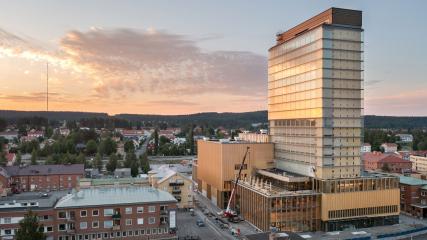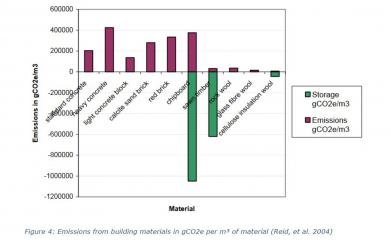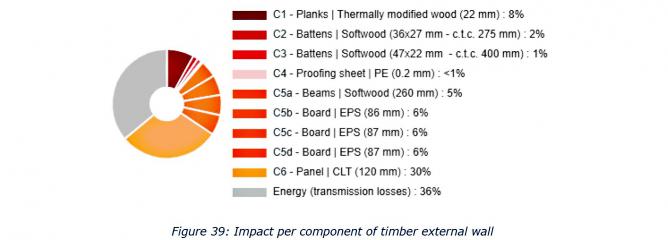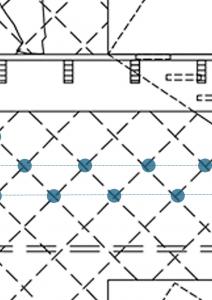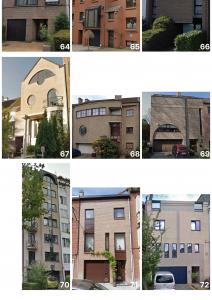Carbon emissions of CLT buildings
The case study of Sara Cultural Centre
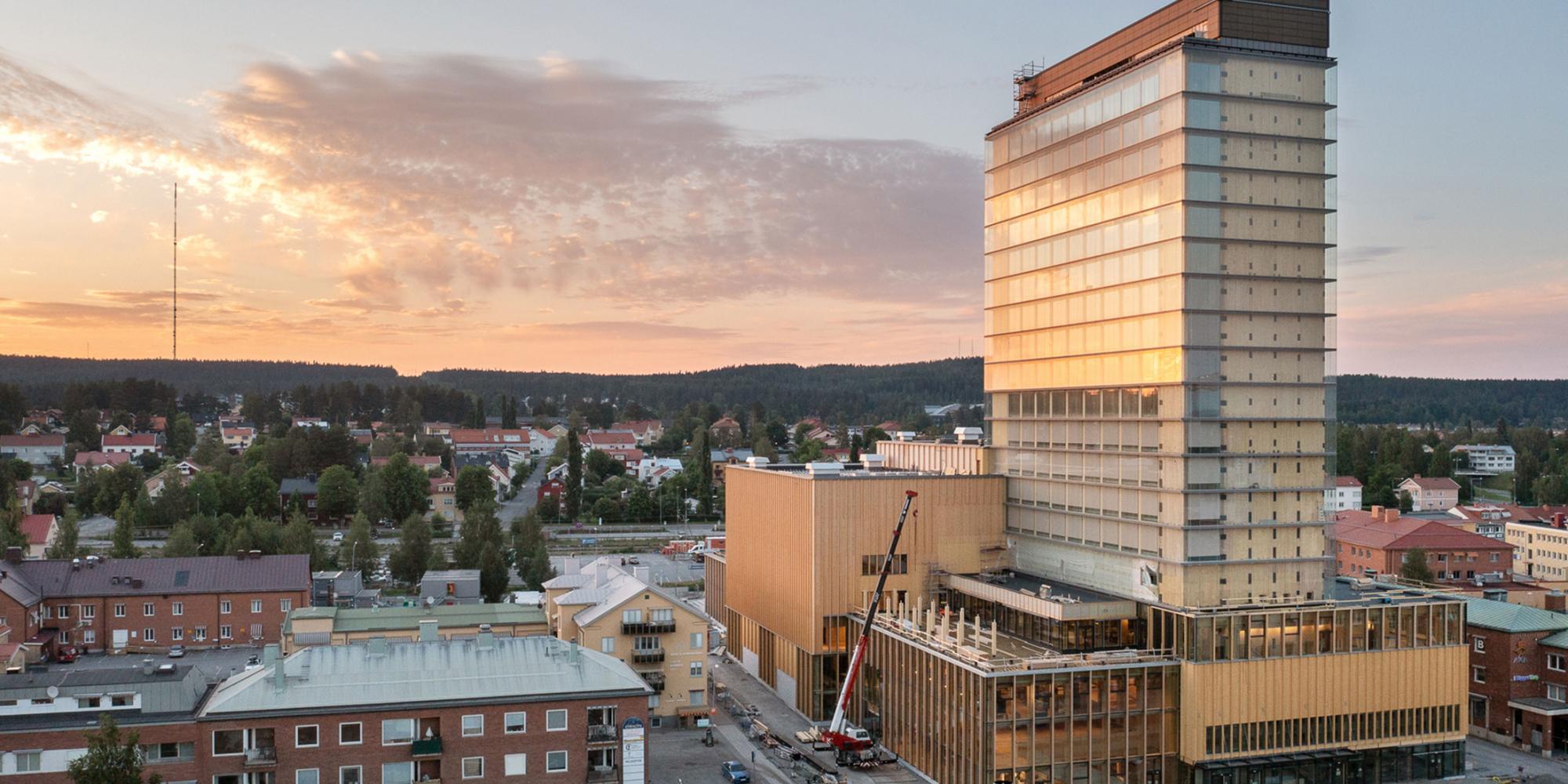
What key factors prevent CLT from becoming the standard construction material, despite its recognized environmental benefits?
+
2) What factors enable a building to achieve a carbon-negative status?
3) What are the different approaches of Life Cycle Assessment (LCA) to estimate the carbon footprint of buildings, and how can they be analysed using software?
---------------------------------------------------------------------------------
ABSTRACT
This thesis critically examines the carbon emissions of Cross-Laminated Timber (CLT) buildings, positioning them as a viable, sustainable alternative to conventional construction materials like concrete and steel. The primary objective is to assess the carbon footprint of CLT buildings, particularly through the case study of the Sara Cultural Centre, designed by White Arkitekter. The research employs a comprehensive Life Cycle Assessment (LCA) methodology to evaluate the carbon budget of the Sara Cultural Centre, which is claimed to be carbon-negative over its 50-year lifespan.
The findings indicate that using CLT significantly reduces the overall carbon footprint of the building compared to traditional materials. The LCA results reveal that the carbon sequestration potential of CLT, combined with low energy consumption, contributes to a net reduction in carbon emissions. However, the study also identifies key barriers to the widespread adoption of CLT, including market acceptance, regulatory challenges, and the entrenched reliance on traditional materials due to historical fire safety concerns.
In conclusion, while the Sara Cultural Centre exemplifies the potential of CLT to reduce buildings' carbon footprint, the research underscores the need for supportive building codes and increased investment in CLT production. The thesis advocates for a model shift in construction practices, promoting CLT as a standard material to enhance sustainability in the built environment and mitigate climate change impacts.
Keywords: Cross-Laminated Timber (CLT), carbon footprint, Sara Cultural Centre, Life Cycle Assessment (LCA), carbon sequestration, sustainable building materials.
- Academic year
- 2024-2025
- Date of defense
- 4 September 2024
- Theme
- sustainable architecture, nature-based design, digital tools
- Director 1
- Ahmed Khan (ULB)

